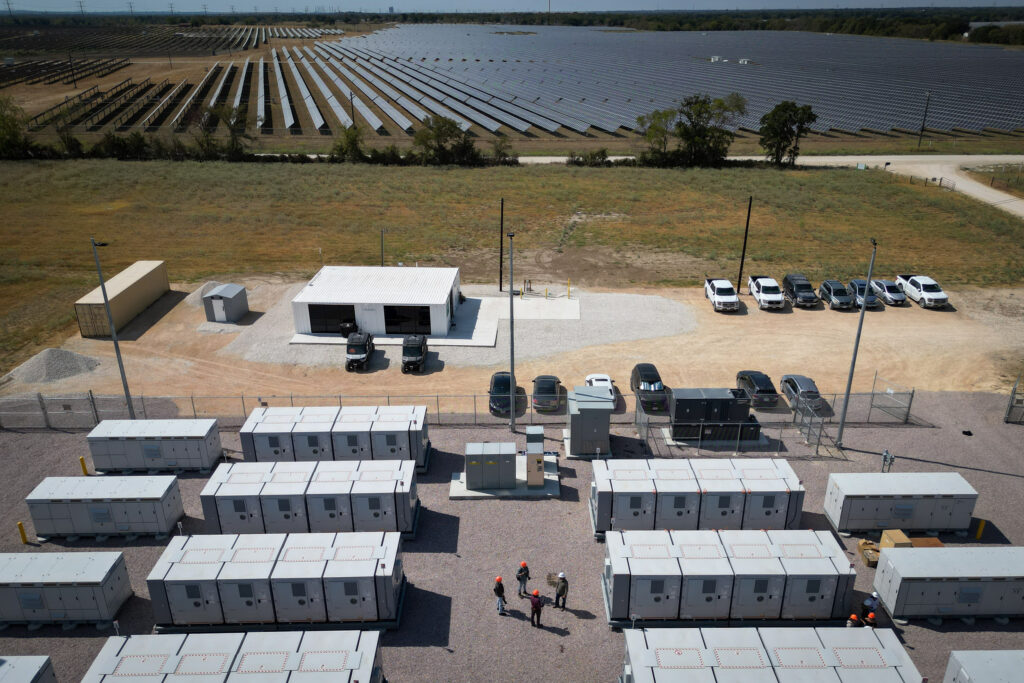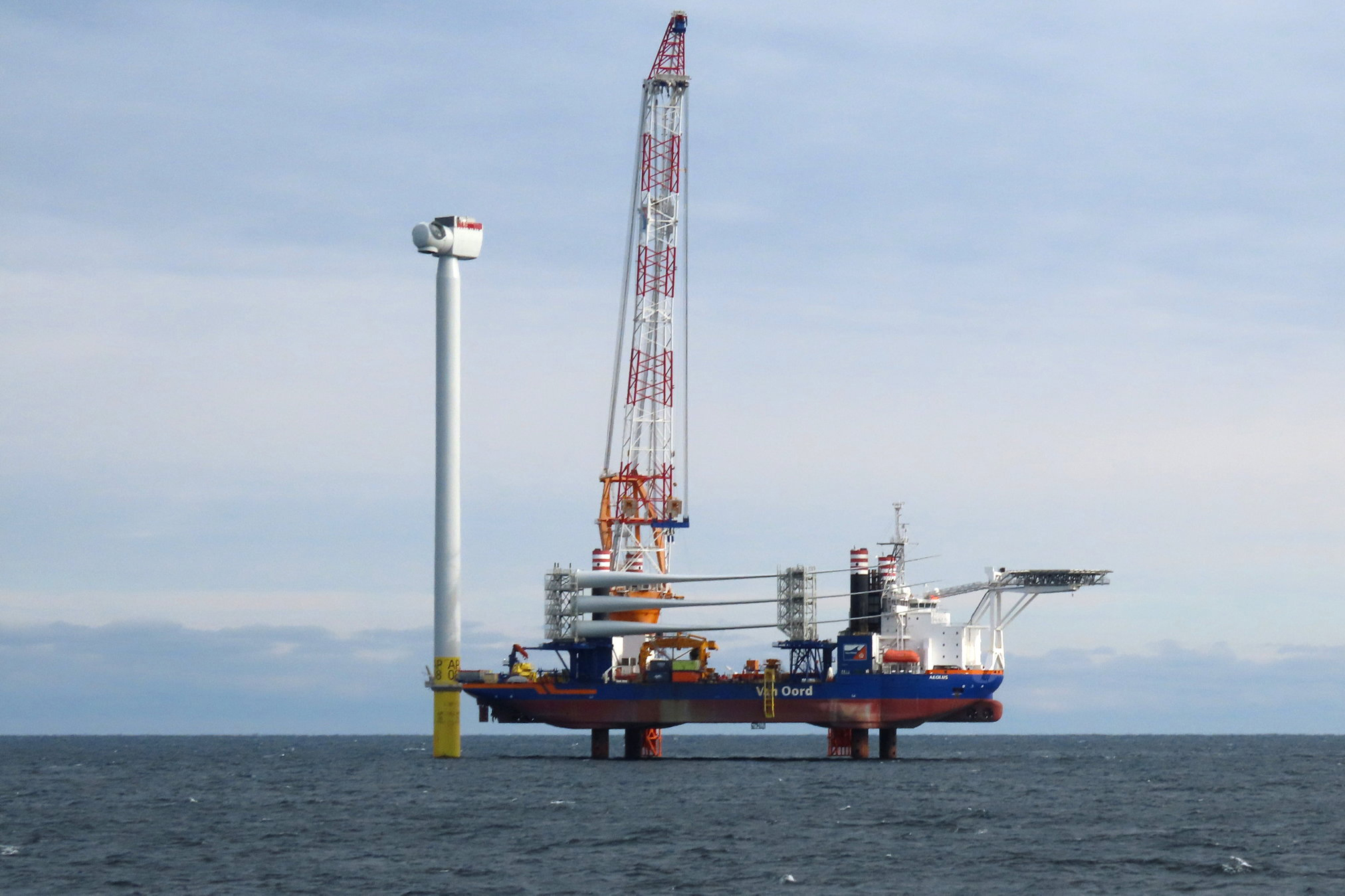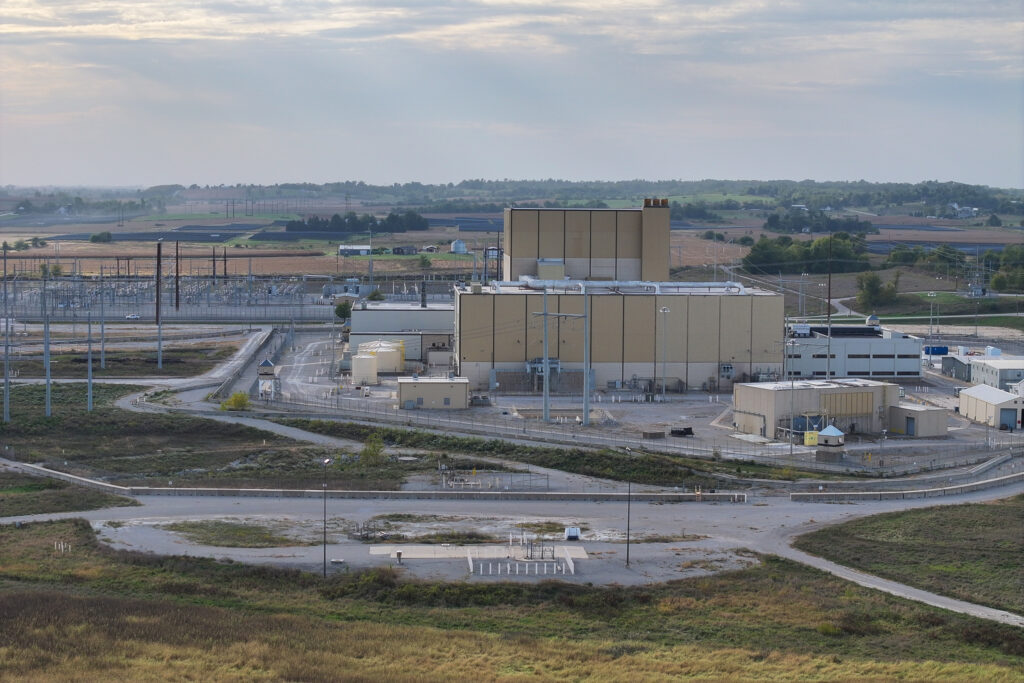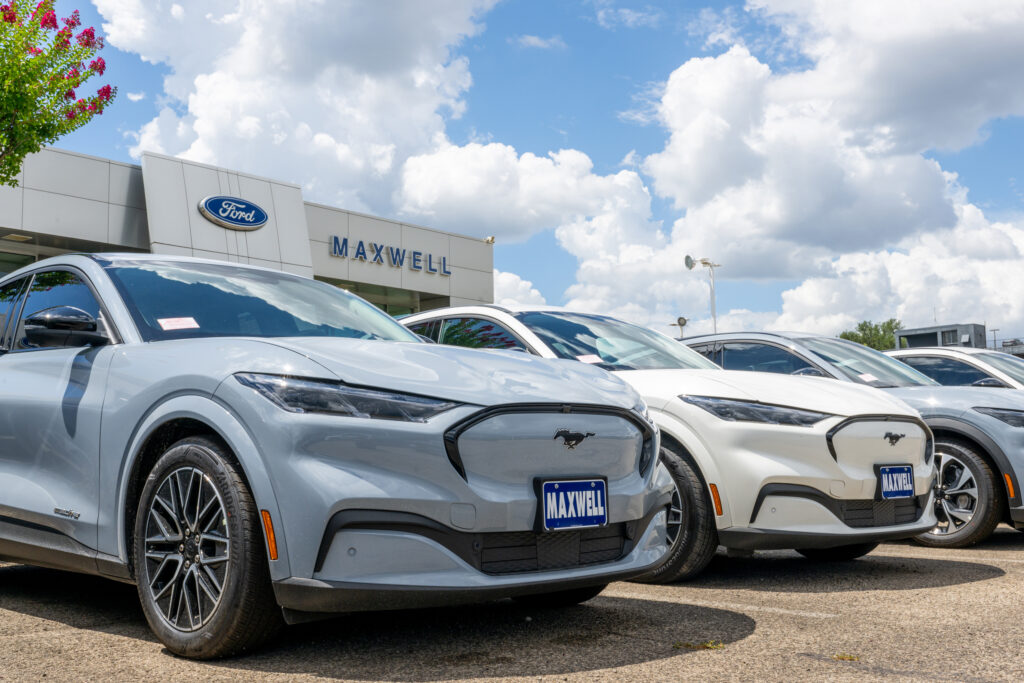Near Jenkinsville, South Carolina, dirt roads lead to half-constructed nuclear reactors that have been sitting idle since 2017. The failed nuclear plant is one of the state’s most notorious energy undertakings—one that customers are still paying for today. Now, Santee Cooper wants to revive it.
The utility announced late last month that it will seek requests for proposals for a developer to buy and complete one or both of the partially built units, which were supposed to be additions to the existing V.C. Summer nuclear plant. “We are seeing renewed interest in nuclear energy, fueled by advanced manufacturing investments, AI-driven data center demand, and the tech industry’s zero-carbon targets,” Jimmy Staton, Santee Cooper president and CEO, said in a press release.
While building a nuclear plant from scratch often takes more than a decade, the already started project could give a new developer a head start, Santee Cooper said. If completed, it would generate 2,200 megawatts of nuclear capacity—enough to power hundreds of thousands of homes.
We’re hiring!
Please take a look at the new openings in our newsroom.
See jobs
The project was halted in 2017 “following years of extensive and costly delays and then bankruptcy by its contractor,” Santee Cooper said. At that point, Santee Cooper and South Carolina Gas and Electric (now a part of Dominion Energy) had already poured $9 billion into the project. Santee Cooper and Dominion customers have been paying for those costs, even though the units haven’t been in operation.
State legislators have been pushing for its completion as a way to not let that money go down the drain. In December 2024, the Senate filed a bill encouraging Santee Cooper to issue a request as soon as possible for proposals to complete V.C. Summer Units Two and Three.
The site is reportedly fit for construction to continue. In September 2024, the South Carolina governor’s Nuclear Advisory Council, along with Santee Cooper personnel, inspected the site and reported that it was “in excellent condition” overall: “The general impression of the site condition is one of a shutdown of several months.”
The two groups strongly recommended moving forward with completing the nuclear plant, citing “the pending power shortage in South Carolina,” the “drive towards sustainable and reliable energy sources,” along with the “extensive lead time for starting new nuclear projects and the significant amount of value already invested in the completed work and inventory at V.C. Summer.”

South Carolina is anticipating an unprecedented increase in energy demand in the coming years as data centers pour into the state. There are already major data centers in the state, including two Google facilities, with more in the pipeline. Meta announced plans last summer to build a $800 million data center in Aiken County.
The Palmetto State is an appealing place for companies to build data centers, which are physical buildings filled with computers that store and distribute data, such as Google Cloud and artificial intelligence systems. On top of relatively low energy rates, South Carolina utilities offer special rates for large customers “to try and attract some of these new businesses in,” said Kate Mixson, senior attorney at the Southern Environmental Law Center.
With the dramatic rise of artificial intelligence, tech companies are rushing to build more data centers fast and utilities are worried about meeting rising electricity demands, Mixson said. In 2023, the data center industry was valued at $219 billion in the U.S., but it is projected to more than double by 2032, according to data from Fortune Business Insights.
V.C. Summer wouldn’t be the first nuclear plant revival. In September 2024, Constellation Energy announced plans to restart Three Mile Island Unit 1 in Pennsylvania and signed a 20-year power purchase agreement with Microsoft. That same month, the U.S. Department of Energy allocated $1.52 billion to restart the decommissioned Palisades nuclear plant in Michigan.
But V.C. Summer might be the first and only nuclear project to restart after being halfway built.
If Santee Cooper does find a buyer, questions remain about how quickly the project could be completed. In neighboring Georgia, nuclear Plant Vogtle’s 2009 expansion was expected to take eight to nine years and cost $14 billion. The project was completed last year at a total cost of more than $30 billion.
“It’s one of the most expensive things that has ever been built on the face of the earth,” said Eddy Moore, decarbonization director at the Southern Alliance for Clean Energy.
In the meantime, Santee Cooper and Dominion are pushing the Legislature to approve permits to build a new gas plant, which they say is needed to accommodate energy demand. The bill would also include permits to build small nuclear reactors, with language that allows the utilities to charge energy customers if those plants are abandoned. “We think it’s enormously risky,” Moore said.
Projected energy demand growth could change a few years down the line, and expanding V.C. Summer is a long-term investment that might not be completed for another decade. Instead, adding energy incrementally through solar and battery storage “would be financially responsible and would be a hedge against the load growth potentially not happening,” Moore said. “Let’s build something that’s safe and cheap and we know we can add quickly.”
About This Story
Perhaps you noticed: This story, like all the news we publish, is free to read. That’s because Inside Climate News is a 501c3 nonprofit organization. We do not charge a subscription fee, lock our news behind a paywall, or clutter our website with ads. We make our news on climate and the environment freely available to you and anyone who wants it.
That’s not all. We also share our news for free with scores of other media organizations around the country. Many of them can’t afford to do environmental journalism of their own. We’ve built bureaus from coast to coast to report local stories, collaborate with local newsrooms and co-publish articles so that this vital work is shared as widely as possible.
Two of us launched ICN in 2007. Six years later we earned a Pulitzer Prize for National Reporting, and now we run the oldest and largest dedicated climate newsroom in the nation. We tell the story in all its complexity. We hold polluters accountable. We expose environmental injustice. We debunk misinformation. We scrutinize solutions and inspire action.
Donations from readers like you fund every aspect of what we do. If you don’t already, will you support our ongoing work, our reporting on the biggest crisis facing our planet, and help us reach even more readers in more places?
Please take a moment to make a tax-deductible donation. Every one of them makes a difference.
Thank you,


















